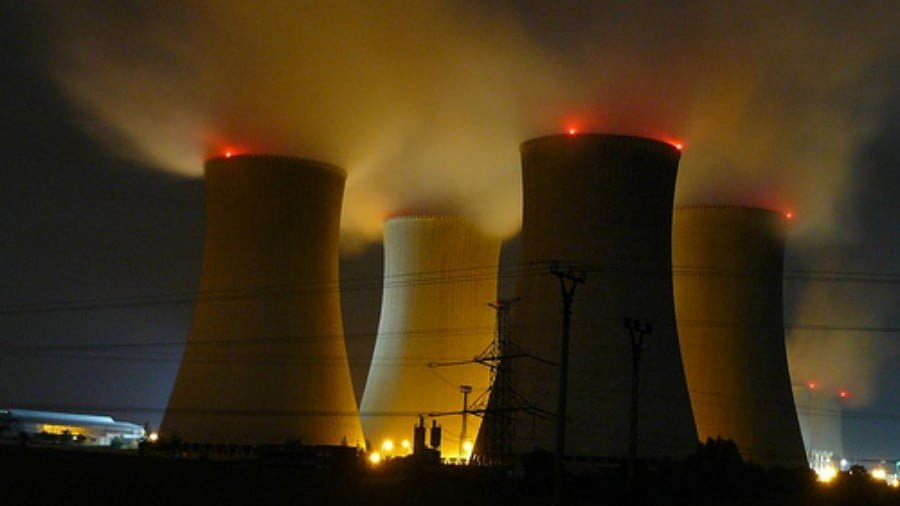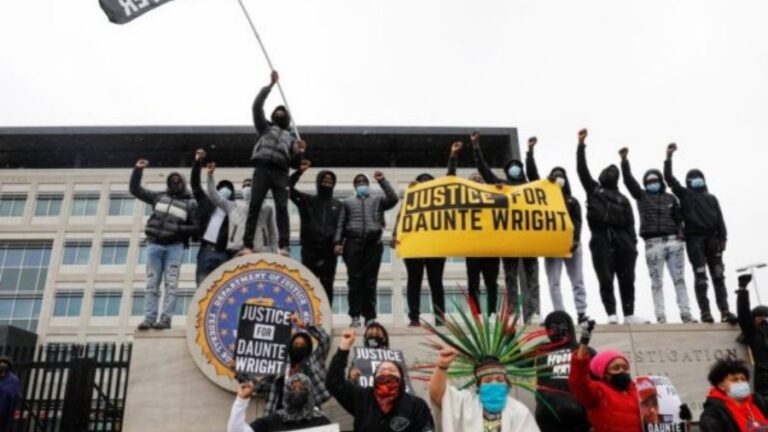US Nuclear Safety: A Critical Problem That Has Largely Been Kept Out of the Public Eye
The issue of nuclear safety has been a hot topic in the second half of 2018. It has just been discussed in detail at the 62nd International Atomic Energy Agency (IAEA) conference in Geneva, which was held Sept. 17-21. The international conference on “The Security of Radioactive Material: The Way Forward for Prevention and Detection,” which is scheduled for Vienna, Dec. 3-7, is going to be a landmark international event that will be a focus for the media spotlight.
It is true that poor storage conditions and low nuclear-safety standards threaten the environment and increase the possibility of nuclear materials getting into the wrong hands.
Russia can be proud of its achievements in this area. The days of the 1990s when it needed outside help to tackle this problem are long gone. In 2013, Moscow ended the joint Russian-US Cooperative Threat Reduction program (the Nunn-Lugar program) because it is now able to manage these issues on its own. The cooperation over the secure storage of weapons-grade materials was suspended in 2014. The IAEA reports that today Russia boasts high nuclear-safety standards. Sophisticated protection equipment has been installed and all nuclear sites are jointly safeguarded by the military, ROSATOM’s security agency, and on-site security teams. The materials are properly safeguarded during transportation. A special program to upgrade the transportation infrastructure has been in place since 2010.
The report “The Use of Highly Enriched Uranium as Fuel in Russia,” issued by the International Panel on Fissile Materials (IPFM), a group based at Princeton University, admits that the country has made great progress to ensure the safety of uranium stockpiles and transportation. It also includes criticism, the absence of which would be odd in any report prepared by a US think tank. It states that “highly enriched uranium (HEU) poses special concerns, as it can be used relatively easily in simple nuclear explosive devices by states with limited nuclear weapon expertise or even by non-state actors … [Russia] has not made highly enriched uranium minimization a priority.” The paper concludes that it is essential to secure Russia’s commitment to the development of a comprehensive, global, highly enriched uranium minimization strategy. Greenpeace has also acknowledged progress, but criticized Russia for what it sees as shortcomings. But one thing is certain – this is not a country where nuclear materials where nuclear materials go missing while being transported to or from storage sites. They are well guarded and all accounted for.
Russia is not the only power whose contribution to a global nuclear-safety strategy is crucial. The situation in the United States offers good cause for concern. Repeated safety lapses have hobbled the Los Alamos National Laboratory. It was sheer good luck that prevented real trouble from happening to the surrounding area. According to Science, “most remarkably, Los Alamos’s managers still have not figured out a way to fully meet the most elemental nuclear safety standards.” “There’s a systemic issue here,” said Michaele Brady Raap, a former president of the American Nuclear Society and a member of the Energy Department’s elite Criticality Safety Support Group, a team of 12 government experts that analyzes and recommends ways to improve struggling federal nuclear-safety programs. “There are a lot of things there [at Los Alamos] that are examples of what not to do.”
According to the Center for Public Safety, two security experts from the Department of Energy’s Idaho National Laboratory drove to San Antonio, Texas, in March 2017 with a sensitive mission: to retrieve dangerous nuclear materials from a nonprofit research lab there and transport them safely back to their state without allowing the materials to fall into the wrong hands. The materials — plutonium and cesium — as well as equipment were stolen on that trip and have never been found. They were simply left unattended in a car! The incident was concealed from the public, but the information was obtained by the Center for Public Safety under the Freedom of Information Act. That source reports that this was just a part of a much larger quantity of plutonium that over the years has gone quietly missing from stockpiles owned by the US military.
Madeleine Jennewein of Harvard University writes in her blog, which is published by Science in the News (SITN), that “Across the United States, nuclear waste is accumulating in poorly maintained piles. 90,000 metric tons of nuclear waste requiring disposal are currently in temporary storage. The United States, however, has yet to construct a long-term storage solution for this waste, leaving the nuclear material vulnerable to extreme weather events such as hurricanes, rising sea levels, and wildfire.” In 2016, seven electrical engineers who worked for the US Nuclear Regulatory Commission took the unusual step of petitioning the NRC as private citizens in hopes of forcing regulators to fix a “significant safety concern” that affects all but one of the nation’s 100 nuclear plants. Nuclear waste is also a big problem in the US. Safety concerns plague key sites that have been proposed for nuclear bomb production.
Nuclear safety in the US is a urgent issue that deserves far greater public attention. According to reports, much information is deliberately kept out of the public eye. To be honest, today it is Russia who appears to be in a position to assist the US in its efforts to tackle the issue of nuclear safety, instead of the other way around. Busy waging trade wars with other countries and getting involved in distant conflicts, such as in Syria, that have nothing whatsoever to do with the United States, Washington is largely ignoring a real problem that is threatening the country’s national security each and every day.







